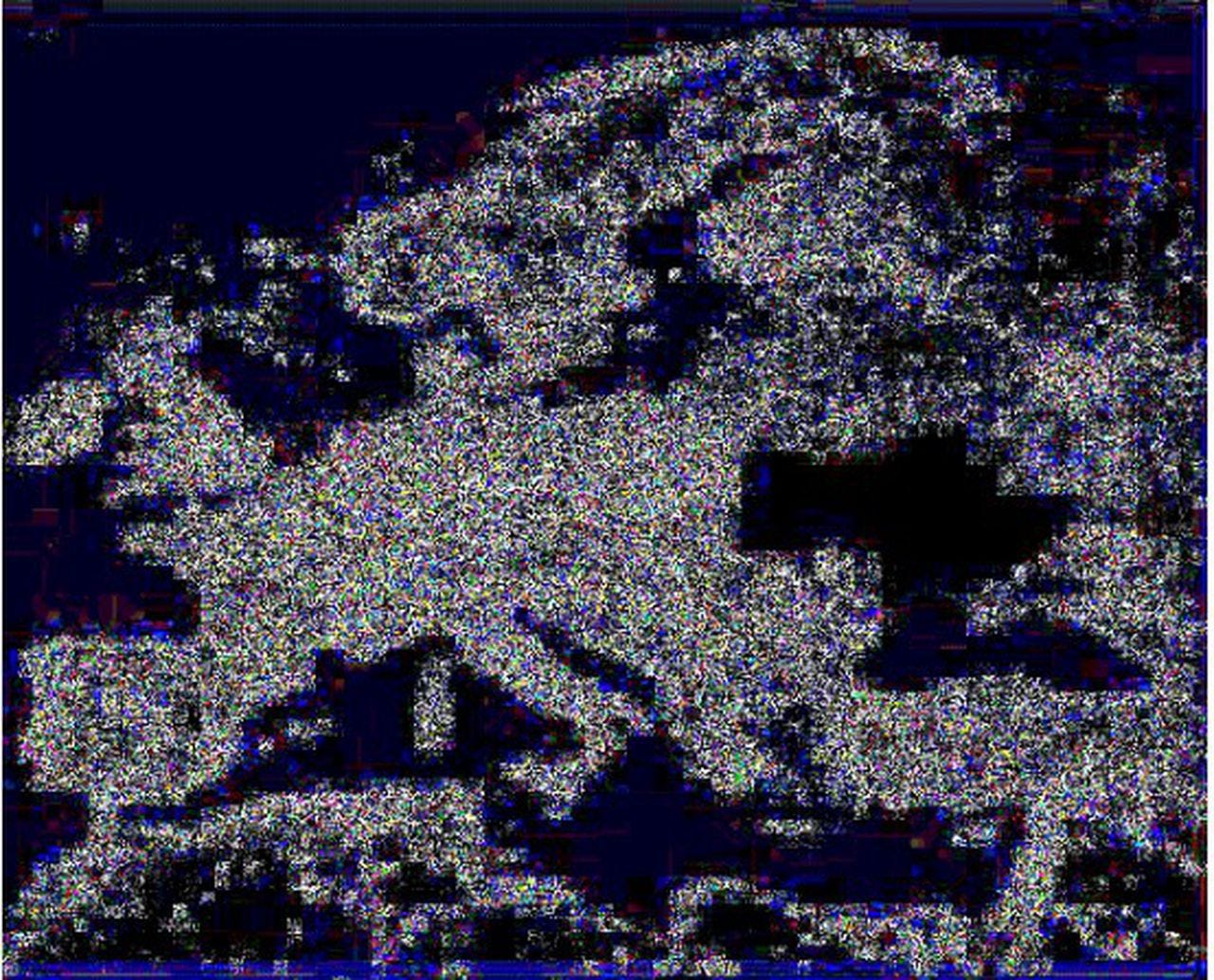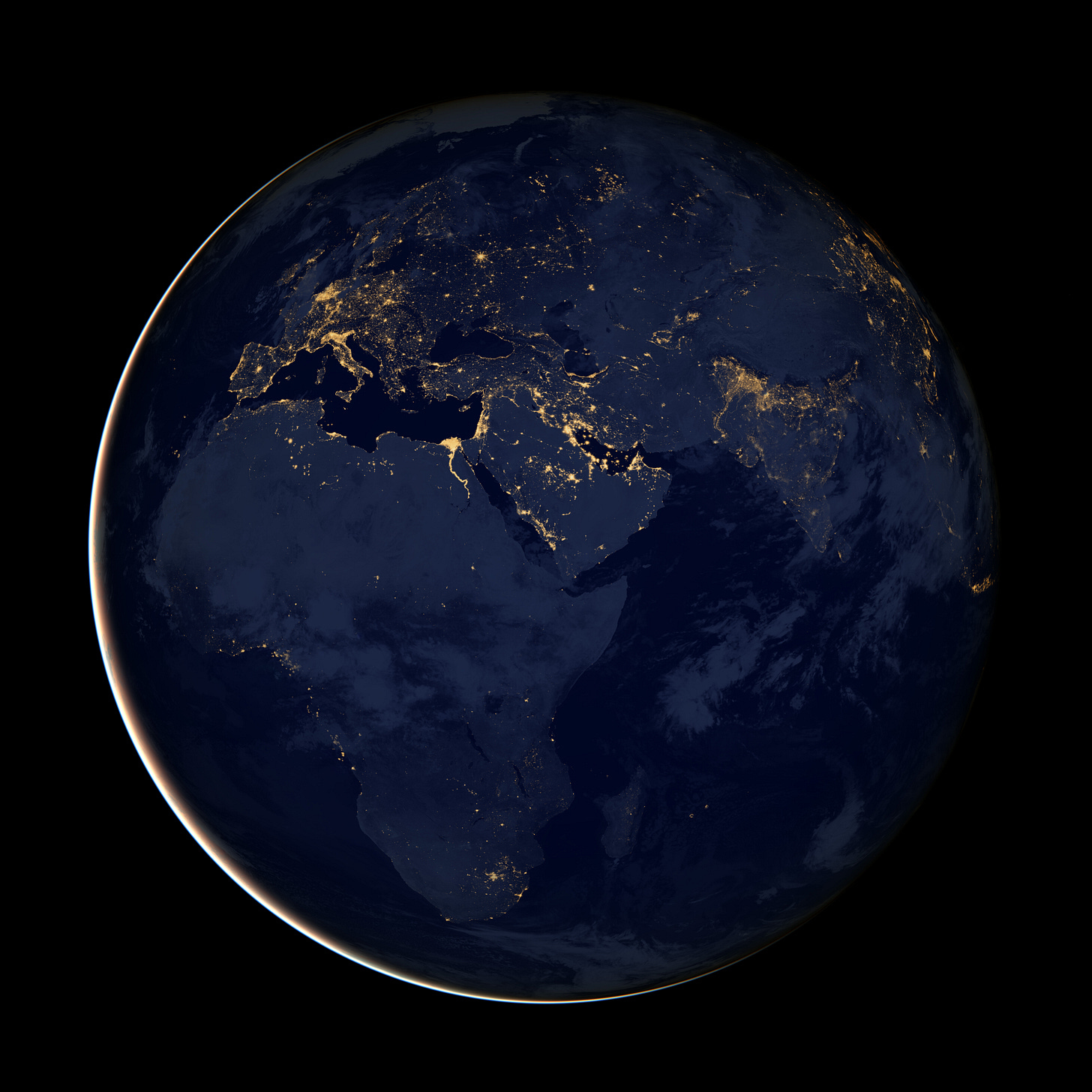Ukraine is dark. It’s been dark in the past: questionable sexual practices and odd-sounding “beauty competitions”, oligarchs, gun-running and back-handers earned the country a reputation that advised all others: “tread warily, he who dares.” Now it’s dark literally, as the result of Russia’s relentless, deliberate bombardment of its power infrastructure, which many friendly nations, including Belgium, are rallying to put back in working order. Despite their best efforts, there are long periods across the nation when large sections of the country lie in darkness. It can’t be fun.
Both within and outside Ukraine, protest is directed against Russia at this targeting of “civilian targets” in what Putin himself describes as “a neighbouring country” (hence, not part of Russia? a war after all?), a criminal offence in terms of international articles of war and, in recent weeks, photographic evidence has emerged to push home the point, with social media channels circulating a picture illustrating the “dark spot” that Ukraine has become. By all the evidence, Ukraine’s electricity power generation plants are being put under inordinate strain. But one photo doing the rounds is a fake. Here it is.
The photo in question, as circulated on social media
On it you can detect the Glasgow-Edinburgh corridor, the densely populated areas of Belgium and the Netherlands, the lonely spot that is Berlin, the Iberian Atlantic coast and Madrid, the industrial heartland of northern Italy, Rome and Naples, Triploi in Libya and Cairo to the east, in Egypt. The coastal settlements of Israel, even the port city of Oslo in Norway and the similarly placed port city of Stockholm in neighbouring Sweden. The photograph is fundamentally real; it was taken by NASA, and, in this version, it further depicts the Black Sea and the Republic of Ukraine as a single, mutually indistinguishable dark mass, around which is partly drawn a red line, demarcating Ukraine’s borders with Belarus and Russia, though stopping at the point where the three countries of Belarus, Ukraine and Poland meet. However, it’s been doctored. Ukraine is dark, but not that dark.
The fact-check people at VRT (a Flemish national broadcaster) have therefore dubbed it “misleidend” - misleading. Spurred by the suspicion that “Yes, it’s dark, but is it so dark?” they analysed the photo using analytical software, which detected that the “compression” of the photograph differed for the area of Ukraine: that part had been “photo-shopped”.
Compression analysis of the circulated photo
Upon further examination, they found the original photo as part of the Shutterstock online repository, being one of a series of photos that had been taken by NASA ten years ago, between April and October 2012, published here as the “City Lights” series of photos. Here is the original:
Full NASA image from which the circulated photo was extracted
What is perhaps equally striking in this original is the huge swathe of darkness that is Africa. It’s a factor of no relevance to the Ukraine story, but it’s of overall relevance, nonetheless. And one can see that Russia herself is in this respect, if no other, unable to hold a candle to central and northern Europe.
Of more recent date is the following image, which shows Ukraine, again thanks to NASA, as it looked on 23 November 2022. “Ja” (yes), it’s dark; but it’s not as dark as in the initial circulated image.
Ukraine is suffering, of that there is no question. In a land bedecked with snow and ice, it’s no fun to be without power. Russia’s attacks on civilian infrastructure are horrendous, indiscriminate, criminal. Ukraine has been reaching out to the world for its support for 10 months and more. It has received aid, weaponry and sympathy from all directions, partly because of the outrages committed by Russia against her, partly because of people’s emotional reactions to them, partly because governments see it as their duty or in their interests to aid Ukraine and partly because there is underlying belief that, no matter how dark Ukraine’s dealings may have been in the past, it is not right that it should suffer to this extent for its freedom now: there is belief in Ukraine’s struggle.
Who perpetrated the misleading photo is unknown. It has certainly been circulated by Ukrainians wanting to draw attention to their plight. If Ukrainians falsified the NASA image, then they do their cause no favour: one might judge it as facile to internationally publish a falsified picture and expect that no one is going to check it further. Perhaps it was even done by a Russian, wanting to lay a trap for a Ukrainian supporter to fall into. And therein lies the nub: why would anyone want to falsify a photo showing the electrical grid emergency in Ukraine when there is already verifiably real photographic evidence showing exactly that, albeit not to the '“black-out” extent shown in the fake?
If belief in Ukraine’s cause is strong internationally, Ukrainians need to tread carefully by themselves verifying what they portray as evidence of their suffering. Chinks in armour are precisely the spots where arrows pass through and, if they gain a reputation for exaggeration or falsification, that will ultimately harm their case and see accusations raised against them akin to “crying wolf”. It is precisely a perception that support is flagging in the USA that prompted Mr Zelenskiy to make his recent astonishing trip to Washington DC. Ukrainians must guard against further denting their reputation for telling things as they are. If the first casualty of war is the truth, it may not be the Ukrainians’ in this war.







